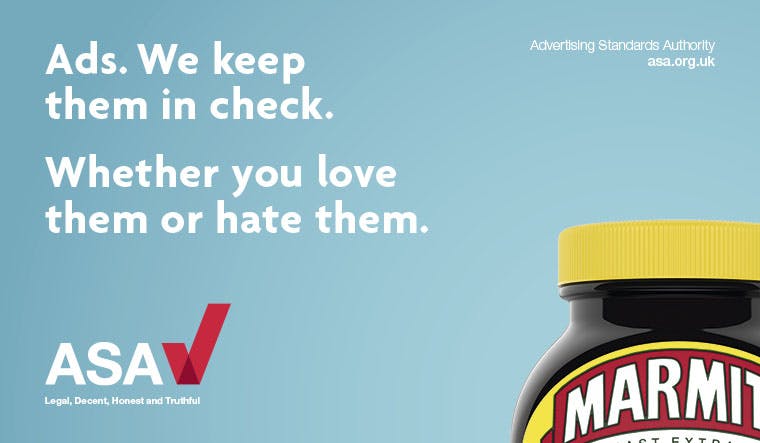

Brands in the US are finding that online ads are becoming less effective, leading them to turn to in-store sampling as an alternative strategy [0e4405dc]. Companies are offering free samples at supermarkets, allowing shoppers to try products before making a purchase. This approach provides brands with more exposure and the opportunity to adjust their marketing based on shoppers' reactions. In addition, in-person sampling is more cost-effective than online advertising [0e4405dc].
Walmart, one of the largest retailers in the US, plans to expand its in-store sampling program to over 1,000 locations. This move is in response to the decline in the effectiveness of online ads. Similarly, Wakefern Food Corp, a grocery giant, will be installing freebie vending machines in 95 stores [0e4405dc].
The decrease in the effectiveness of online ads can be attributed to various factors, including Apple's decision to allow users to block brands from tracking their online behavior and the implementation of digital privacy legislation. These developments have made it more challenging for brands to reach their target audience through digital advertising [0e4405dc].
In contrast, in-person sampling provides brands with a direct and tangible way to engage with consumers. It allows brands to showcase their products and receive immediate feedback. This real-time interaction enables brands to refine their marketing approach and better understand consumer preferences [0e4405dc].
The shift from online ads to in-store sampling has proven to be successful for Walmart, which reported a 36% increase in ad sales in Q2 2022. This growth can be attributed, in part, to Walmart's ad business that includes both online ads and in-store sampling. Brands are now adopting an omnichannel approach, using digital media to inform consumers about in-store samples and offering digital incentives to encourage purchases [0e4405dc].
Freeosk, a Chicago-based company, is capitalizing on the trend of in-store sampling by selling automated sampling kiosks. These kiosks dispense well-known products and collect customer data. Shoppers can select samples through a smartphone app and make purchases from the displayed merchandise. This innovative approach combines the convenience of digital technology with the sensory experience of in-person sampling [0e4405dc].
In-person sampling is particularly valuable for digital brands, as over 80% of retail spending still occurs in physical stores. By incorporating in-store sampling into their marketing strategies, US brands are adapting to the changing advertising landscape and finding new ways to connect with consumers [0e4405dc].
Consumers in the UK are showing increased trust in advertising following the Advertising Standards Authority (ASA) campaign. According to new figures, consumers who saw or heard the campaign were more than twice as likely to trust the ad industry and individual adverts. Trust in online ads reached 36% among those exposed to the ASA campaign, compared to 15% among those who had not seen it. Similarly, trust for TV ads increased to 46% among those who saw the campaign, compared to 31% for those who had not seen the adverts. Trust also rose for radio ads (43%), magazine ads (39%), posters (37%), newspapers (36%), and direct mail (36%) among those exposed to the creative [242ef5b4].
The ASA campaign featured brand assets from Tesco, Marmite, Irn-Bru, Lloyds, and Churchill, and was run across various channels including TV, print, online, cinema, and OOH. The campaign aimed to increase trust in advertising and had a positive impact on consumer perception of ads across different media [242ef5b4].